Stanley Kubrick started his career as a photographer for Look magazine in New York in the 1940s. His most famous photo captured the look of utter devastation on the face of a newsvendor the day of President Franklin D. Roosevelt’s death. He left Look in 1950 to embark on his film career making family financed, low-budget, B-Movies such as Fear and Desire and Killer’s Kiss.
In 1955 he formed Harris-Kubrick productions with young, savvy, producer James B. Harris, their first feature was the heist picture The Killing which later would provide one of the key influences for Quentin Tarantino’s Reservoir Dogs. 1957’s Paths of Glory starring Kirk Douglas was a biting indictment of the French Officer Class who continually sent their troops out on suicide missions during World War I. The meticulous tracking shots in the trench battle sequences hint at what was to become Kubrick’s trademark visual virtuosity and painstaking attention to detail.
When Kirk Douglas fell out with veteran director Anthony Mann on the set of Spartacus, he turned to Kubrick to take over, directing screen legends such as Laurence Oliver and Charles Laughton along with handling the logistics of the massive crowd scenes featuring 1000s of extras, he was only in his 30s which, unlike today, was considered exceedingly young to be in charge of a Hollywood Blockbuster production; this was a true baptism of fire which, combined with the box office success, would earn him final cut on all of his future films.
In 1962 Kubrick moved to England to work on Lolita his adaptation of Vladimir Nabokov’s novel about a college professor who gets romantically involved with the overtly flirtatious teenaged girl of the title. James Mason’s portrayal of Humbert Humbert is magnetic and he nails the jealous insecurities that eat away at him as he obsessively struggles to keep the interest of his young nymphet lover. Peter Sellers delivers a star turn as Clare Quilty the supposed film producer who seduces Lolita away from Humbert with the promise of a career in Hollywood.
Kubrick was so impressed with Sellers that he offered not 1 but 4 roles in his next movie Dr. Strangelove or: How I Learned to Stop Worrying and Love the Bomb, a farcical satire on the cold war and the threat of accidental first strike nuclear attack. Sellers plays Group Captain Lionel Mandrake, a typically Goonish stiff upper lip RAF Officer who is seconded to the US Air Force Base where General Jack D. Ripper (Sterling Hayden) gives the order to launch a pre-emptive attack on the Soviet Union.
Sellers also plays US President Merkin Muffley a wonderfully understated performance of stifled hysteria and social embarrassment best expressed in the groveling Red Phone apology to the Russian Premier, “I am as sorry as you are, Dimitri. Don’t say that you are more sorry than I am, because I am capable of being just as sorry as you are.”
Kubrick also wanted Sellers to play the Gung-ho Texan Major “King” Kong part, which ultimately went to Slim Pickins. Sellers felt he was already stretched with 3 roles and was eventually excused by Kubrick when he sprained his ankle during a take in the enclosed cockpit scene. He more than makes up for this with his madcap, psychotic turn as the titular character; the weapons expert and inventor of the ‘Doomsday Device’ (which will automatically destroy all life on Earth in the event of a nuclear strike) who’s confined to a wheelchair and has a seemingly possessed gloved hand that is determined to perform a Nazi salute!
2001: A Space Odyssey is considered by many to be Stanley Kubrick’s masterpiece; it’s an epic science fiction event movie which has influenced every Sci-Fi feature that followed it. Based on Arthur C. Clarke’s short story The Sentinel the movie is preoccupied with an enigmatic obelisk that first appears on Earth at the ‘Dawn of Man’, then turns up in the future buried in a crater discovered by a team of astronauts on the ‘Jupiter Mission’ and reappears in the final reel of the film that takes place ‘Beyond the Infinite’. I shall save a deeper appreciation and in-depth review for a future post as it has been remastered for a hidef Blu-ray release.
A Clockwork Orange is Kubrick’s most controversial and misunderstood movie, there is a popular misconception that the film was censored and withdrawn by the UK government at the time due to a spate of copy-cat violent attacks. However, the truth is that Stanley Kubrick asked Warner Bros. to recall the film and prevented it from being screened in Britain for 27 years because of death threats that he and his family had received at the time of its initial release. It wasn’t until Kubrick died in 1999 that it was re-released both in the cinema and on home video formats.
Malcolm McDowell gives an inspired, career defining, performance as Alex; he is equally charming and menacing allowing the film’s key theme of dehumanisation to resonate. What is still shocking about A Clockwork Orange is that it reminds us that despite 2,000 years of so-called ‘civilisation’ human beings are inherently violent creatures. The procedure Alex undergoes at the hand of the State to subdue his violent tendencies also removes his humanity and this still touches a raw nerve with modern audiences.
It was at this point that the time between Kubrick’s new films started to widen, 4 years between A Clockwork Orange and Barry Lyndon and another 5 years between Lyndon and The Shining. The press started to report Kubrick as being a half-crazed recluse who demanded countless retakes and micro-managed in infinitesimal detail even the most mundane aspects of his day to day life.
The truth is that he was an extremely private family man who had no interest in the trappings of fame. He also felt that so much time and money was spent getting a film into production why then would you rush the process of making the movie, to him that seemed totally illogical. Whilst his films seemed to take years to complete he always delivered them on budget and this earned him unquestioned support from Warner Bros. who promised him a life-time contract and final cut of all of his work; totally out of character for a major Hollywood studio.
1980’s The Shining is probably my personal favourite of Kubrick’s movies, adapted from Stephen King’s horror story of the same name; it explores the themes of isolation, madness and extra sensory perception but plays down the more conventional supernatural elements of the original book. Instead the focus is on Jack Nicholson’s deteriorating state of mind as he struggles with his failings as both an author and a father, whilst acting as caretaker for a remote, snow-bound hotel for the winter season.
His son, Danny, has a gift he shares with the hotel’s cook (Scatman Crothers) they both are able to see traces of the past and hints of the future, it’s known as shining and also includes the power of telepathy. The film is genuinely scary but also incredibly funny and, ultimately, extremley surreal as it would seem that so much of it takes place in Jack’s mind . . . or does it? The outstanding steadicam tracking shot, that follows Danny’s point of view as he explores the hotel on his tricycle, was revolutionary and has since been much imitated.
It was 7 years before Kubrick would release his only other film of the 1980s, Full Metal Jacket; his take on the Vietnam war, although he claims it’s not an anti-war story, he felt he’d already done that with Paths of Glory, this was rather a portrait of what is was like to take part in a war and the camaraderie between the grunts. It’s notable for the breakout performances of Matthew Modine (Joker) and Vincent D’Onofrio (Leonard ‘Gomer’ Pyle) and the unforgettable Lee Emery as Gunnery Sergeant Hartman.
It would be over 10 years before Kubrick’s last film, Eyes Wide Shut, starring Tom Cruise and Nicole Kidman would materialise, he died only 4 days after screening the final cut to his family. It is a fitting ‘Swan Song’ exploring the jealousy that comes between a couple and the emotional power that women ultimately seem to have over the men that seek to dominate them. Visually it’s a firecracker of a movie and features some of Kubrick’s most striking sexual and dreamlike imagery.
Despite only making 11 feature films in 40 years the quality easily outweighs the quantity and they remain amongst the most respected and influential movies ever made. I have deliberately included more stills in this article than I usually would because, above all, Kubrick was a visual filmmaker and whilst his stories are immaculately plotted and brimming with witty dialogue it’s the image that mattered most to him.
I would like to end with my favourite Kubrick quote, “How could we possibly appreciate the Mona Lisa if Leonardo had written at the bottom of the canvas: ‘The lady is smiling because she is hiding a secret from her lover.’ This would shackle the viewer to reality, and I don’t want this to happen to 2001.”

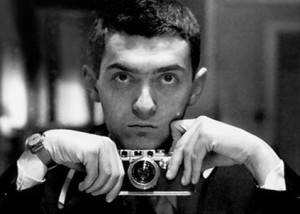
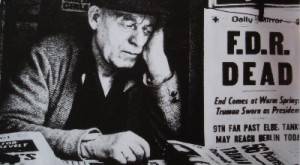
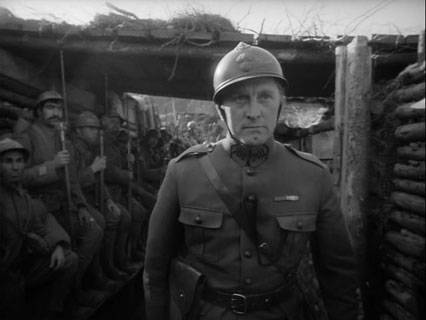
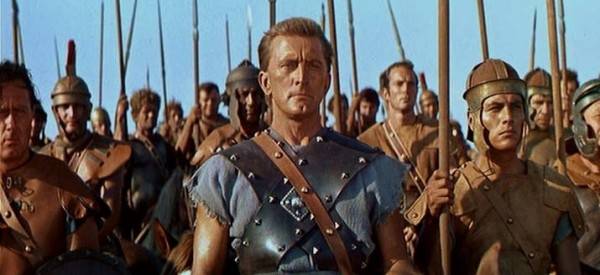
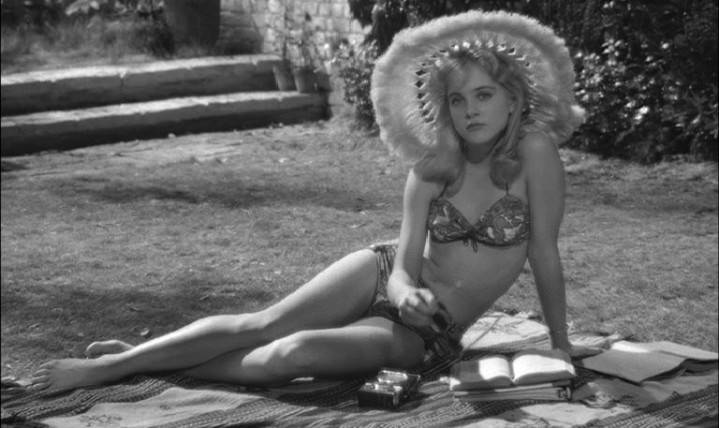
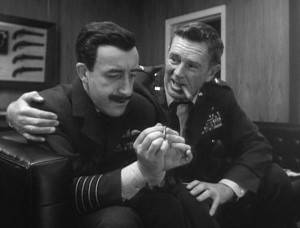
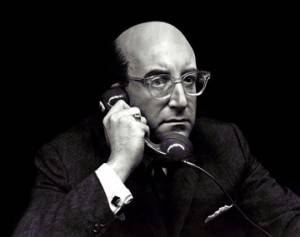
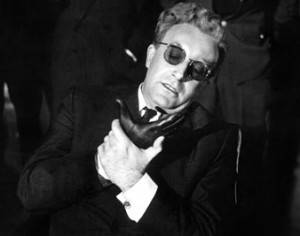

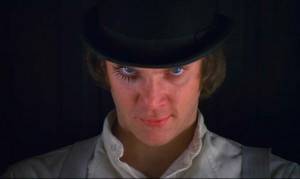
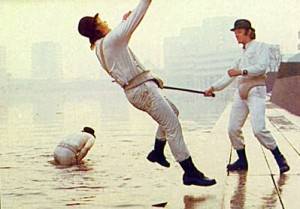
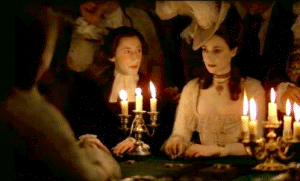
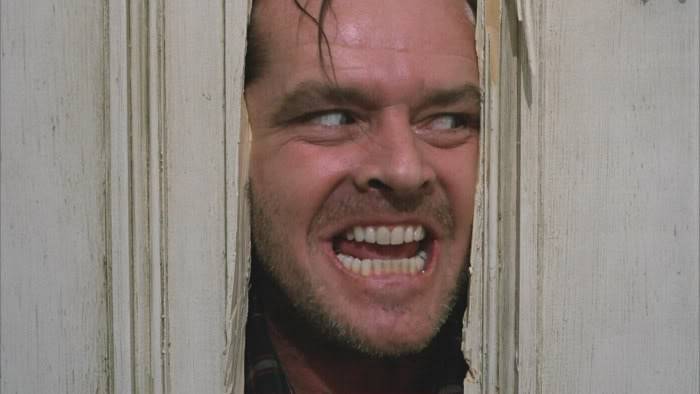
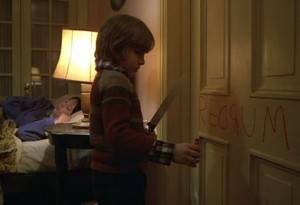
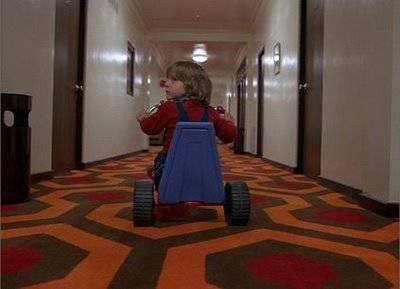
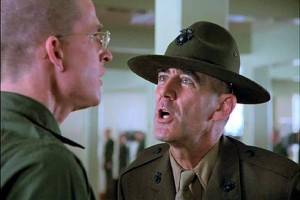

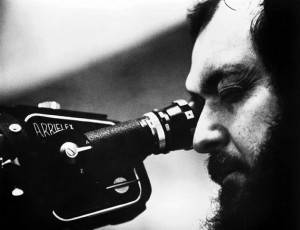
2 thoughts on “Stanley Kubrick”
Of course, what a great site and informative posts, I will add backlink – bookmark this site? Regards,
Reader.
Thank you for reminding me that I need to revisit all of those films. Some of which although I’ve seen many times, I think it would be interesting to watch them again, in chronological order. I’d be hard pressed to choose one as a favorite, but off hand I would say it’s a cross between The Shining and Eyes Wide Shut. I loved all the others, but for me, his shrewd portrayals of human weakness are the most memorable. The other films may be more cinematically impressive, but these two left imprints. Interesting read, Steve.
Comments are closed.